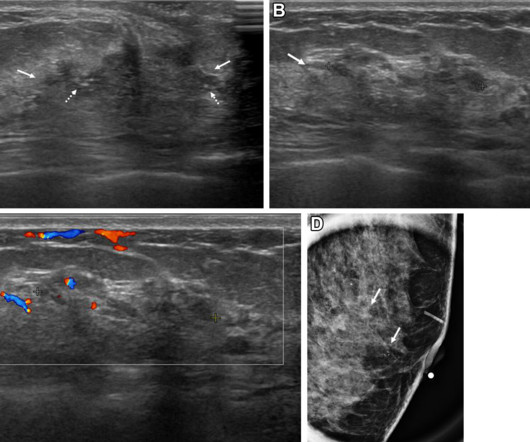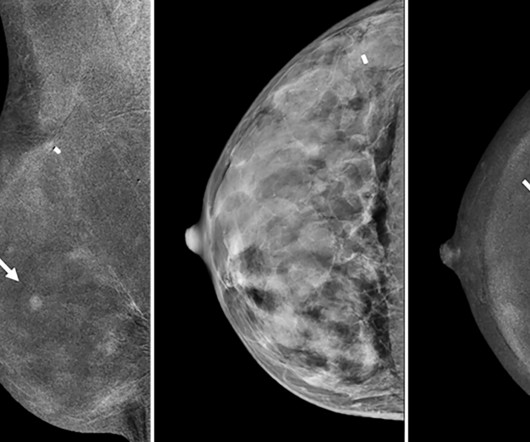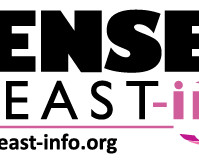Ultrasound nonmass breast lesion features may signal malignancy
AuntMinnie
NOVEMBER 5, 2024
It also found that having a negative mammogram was associated with a lower malignancy rate and lower positive predictive values for sonographic features compared with having an abnormal mammogram. The retrospective, multicenter study included data collected from 2012 to 2019 from 993 women with an average age of 50 years.











Let's personalize your content